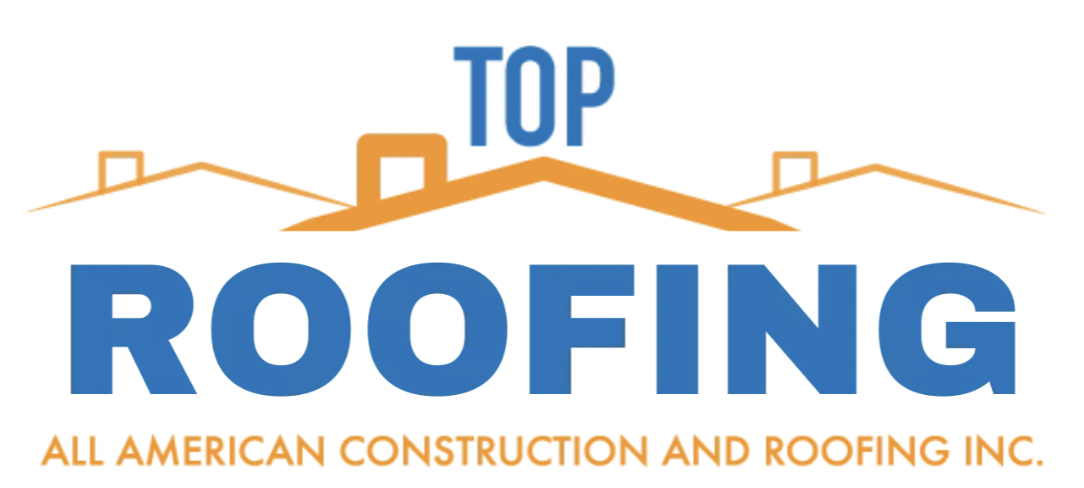Roofing Terms Homeowners Should Know
When something goes wrong with your Los Angeles, CA home’s roof, the first instinct is to call in a professional. Well, at least it should be — roofing repairs or replacements, are better off left for the experts.
Before you can accurately understand a roof inspection report, roof assessment, or a roofing estimate, you should be familiar with roofing terminology. Understanding basic roofing terminology will help you better communicate your problems/needs with a professional and make better purchasing decisions.
So Top Roofing Inc. put together some commonly used terms that identify parts of a roof and types of roofing.
Built-up Roof
A low-slope (or flat-seeming) roof covered with alternating layers of roofing felt and hot-mapped asphalt and topped off with a layer of gravel.
Cornice
The portion of the roof projecting out from the sidewalls of the house.
Counterflashing
The flashing is embedded at its top in a wall or other vertical structure and lapped down over shingle flashing.
Courses
Horizontal rows of shingles, or tiles.
Drip
The strip of metal extending out beyond the eaves or rakes to prevent rainwater from rolling around the shingles back onto the wooden portion of the house.
Eaves
The lower edge of a roof, usually overhanging beyond the edge of the house.
Fascia
The trim board behind the gutter and eaves.
Flashing
Sheet metal or other material used at junctions of different planes on a roof to prevent leakage.
Felt
Tar paper used by the roofer, usually made of a combination of asphalt and either paper or rags.
Frieze Board
A board at the top of the house’s siding that forms a corner with the soffit.
Gable
The triangular upper part of a wall closing the end of a ridged roof
Hip
The external angle at the junction of two sides of a roof, whose supporting walls adjoin.
Joist
In a flat roof, a horizontal structural member over which sheathing is nailed.
Rafter
A structural member usually slanted to which sheathing is nailed.
Rake
The slanting edge of a gabled roof extending beyond the end wall of the house.
Ridge
The horizontal line at the top edge of two sloping roof planes.
Sheathing
The rigid material (often 1-inch by 6-inch or one inch by twelve-inch boards or sheets of plywood) that is nailed to the rafters, and to which shingles or other outside roofing materials are secured.
Shingle Flashing
Flashing that is laid in strips under each shingle and bent up the edge of a chimney or wall.
Slope
The number of inches of vertical rise in a roof per 12-inches of horizontal distance. Also referred to as pitch.
Soffit
Boards that enclose the underside portion of the roof, extending out beyond the sidewalls of the house.
Square
One hundred square feet of roof, or the amount of roofing material needed to cover 100 square feet when properly applied.
Underlayment
The material (usually roofing felt) laid on top of sheathing before the shingles are applied.
Valley
The less than 180-degree angle where two sloping roof sections come together.
Valley Flashing
The flashing in valleys, extending in under to shingles on both sides.
Vents
An outlet on the roof for air.
Now that you’re more familiar with the basics of roofing terminology — let’s start a conversation.
Summer is the best time for Los Angeles, CA homeowners to schedule roof repairs or roof replacements. Call us today to make sure your roof is in tip-top shape (877) 353-6688 or contact us here.

